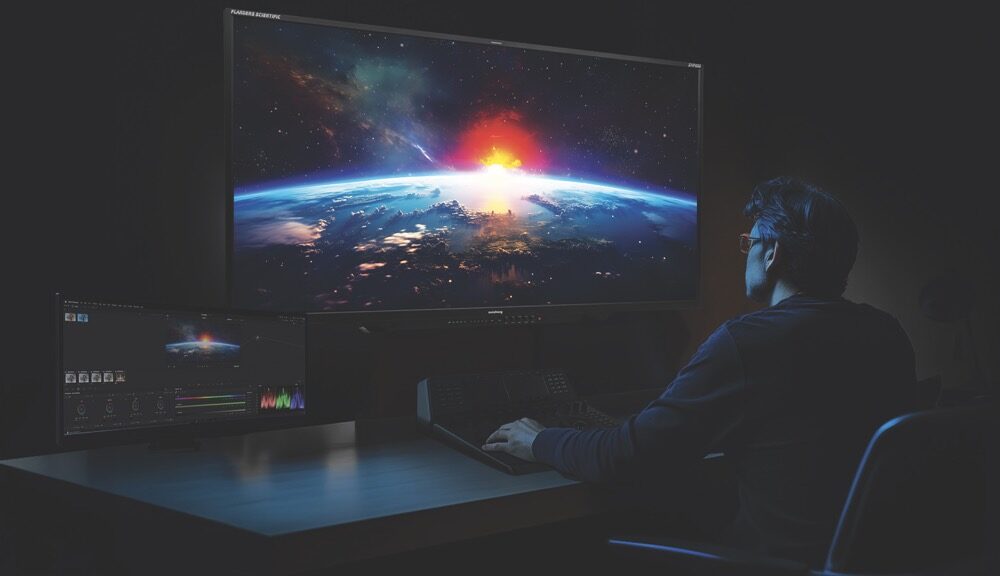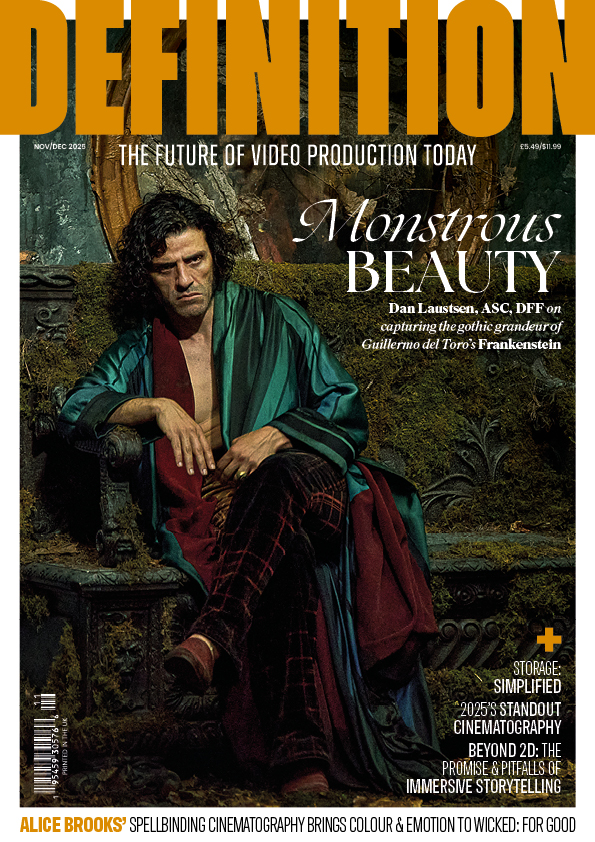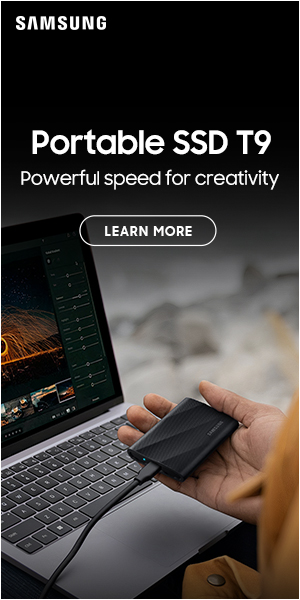
Colour special: Quantum dot OLED
Posted on Aug 25, 2025 by Admin
What exactly is quantum dot OLED, and what does this technology mean for filmmaking – and beyond? Bram Desmet, CEO at Flanders Scientific, dives in
Interview Nicola Foley
DEFINITION: Before we get into it, can you sum up what quantum dot OLED (QD-OLED) actually is and how it differs from other display technologies filmmakers might be familiar with?
Bram Desmet: QD-OLED is an emissive display technology that builds on the strengths of traditional OLED while delivering several key performance enhancements. At its core, it combines a highly efficient blue electroluminescent OLED layer with a quantum dot colour conversion layer. Each subpixel begins with blue light emitted from the OLED stack. For red and green subpixels, that blue light is absorbed by quantum dots and re-emitted as red or green light respectively, while the blue light passes through unchanged. This RGB conversion system enables exceptional brightness and colour performance, offering a truly unique and high-fidelity display solution unlike any others on the market.
DEF: What does this bring to the table that previous display technologies haven’t?
BD: QD-OLED offers a compelling set of advantages that, taken together, are unmatched by any single display technology to date. Standouts include HDR luminance capability, delivering peak luminance of 1000+ nits; something many older OLED options struggle with. It also offers exceptional off-axis viewing with a measurably industry-leading performance, ensuring consistent image fidelity no matter where you’re standing. Unlike WOLED, which uses a white subpixel that can cause colour volume collapse, QD-OLED maintains full-colour fidelity at high brightness levels by using true RGB additive mixing, plus it gives perfect per-pixel control without any of the limitations or artefacts associated with local or global dimming found in other HDR technologies. Finally, QD-OLED is available across a broad range of use cases – from consumer TVs to reference monitors – creating a rare opportunity for consistent viewing from on-set through post to home delivery. This helps to bridge the gap between creator intent and viewer experience; its increasing ubiquity also drives down cost.
DEF: OLED has long been popular for grading, but it’s not without its challenges. How does QD-OLED address those, and are there any new trade-offs creatives should be aware of?
BD: The majority of OLED solutions were either not bright enough for use in HDR applications, would suffer from colour volume collapse or, if bright enough, were hyper-expensive. QD-OLED gives users HDR luminance levels and a truly additive colour volume, all at a fraction of the cost of many traditional mastering monitors.
DEF: For colourists working in HDR and wide-gamut spaces, what practical advantages are offered by QD-OLED?
BD: Many colourists have used WOLED displays, which can work well for SDR, but struggle in HDR due to their non-additive behaviour. WOLEDs use a fourth white subpixel to boost brightness, so they can’t maintain both luminance and saturation for bright, saturated colours – this results in colour volume collapse. In contrast, QD-OLED is RGB-additive. This means, if a display is rated for a certain peak white output, you can reliably expect corresponding peak outputs for red, green and blue – essential for maintaining creative intent in HDR. QD-OLED helps colourists achieve reference-level HDR colour volume and contrast without compromise.
 QD-OLED is available across a broad range of use cases, creating a rare opportunity”
QD-OLED is available across a broad range of use cases, creating a rare opportunity”
DEF: From a calibration and reliability standpoint, how well does QD-OLED hold up over time in a colour-critical environment?
BD: QD-OLED panels use blue OLED materials enhanced with deuterium, a heavy hydrogen isotope that significantly extends lifespan and improves efficiency. Combined with excellent linearity and stability, QD-OLED makes for a highly reliable display solution. In our own XMP series monitors, we’ve paired QD-OLED with our GaiaColor AutoCal system, which enables accurate calibration without the need for external software or computers. The result is a display that not only performs exceptionally, but is also easy to keep in specification over time.
DEF: How are you seeing QD-OLED tech used in the field – are DITs/editors/post houses adopting it differently, and what kind of feedback are you hearing?
BD: We’ve seen strong adoption of our 31.5in XMP310 QD-OLED monitor in production environments, particularly among DITs. Previously, HDR adoption on-set was limited by three common obstacles: high costs (often $30,000+), extreme weight (60lb or more) and high power draw requirements that made battery or DC operation impractical. The XMP310 changed that – it’s roughly a third the weight and cost of similar monitors and supports battery power, making HDR monitoring on-set far more accessible. However, its size could still be a challenge for compact DIT carts, especially where multiple monitors are needed on the same cart.
That’s why we have been particularly excited to introduce the XMP270 this year – a 26.5in QD-OLED with a footprint closer to traditional 24in monitors. It brings all the benefits of QD-OLED into an even more portable package. Both of these units are enabling HDR to be monitored earlier in the creative process, giving filmmakers greater control over the look and feel of their work from the outset. And because QD-OLED is also used in post, the continuity between set and post has never been stronger.
DEF: Looking to the future, where is QD-OLED technology heading – and what are your predictions for the future of professional colour monitoring more generally?
BD: QD-OLED continues to evolve rapidly, with significant investment driving improvements in peak brightness, as well as expanded size and format options. I expect these trends to continue over the next few years. Looking further ahead, electroluminescent quantum dot (EL-QD) technology – which replaces the OLED layer entirely by directly exciting quantum dots with electrons – could be the next leap forward, although likely not for at least another four or five years. It promises many of the same benefits as QD-OLED, with even greater efficiency and durability.
While EL-QD isn’t ready for widespread adoption just yet, its use of quantum dot materials similar to QD-OLED suggests it might be a smooth evolutionary path when the time comes.
Find out more about colour control in our article about the creative choices behind the look of Squid Game Season 2.
This article appears in the July/August 2025 issue of Definition







